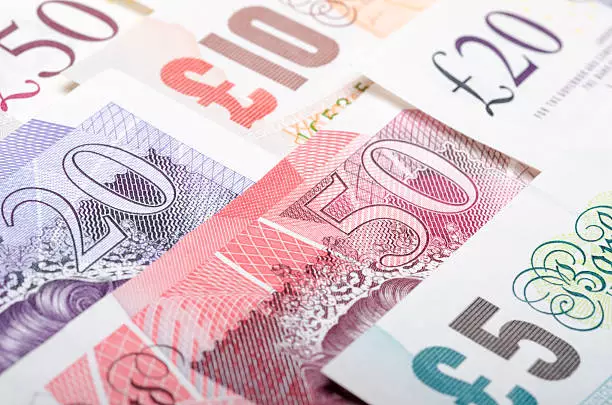The currency pair GBP/USD has recently demonstrated bearish tendencies, primarily as it struggled to maintain an upward trajectory beyond the pivotal level of 1.2500. Analysts have noted a significant retreat from the 1.2470 zone, where the pair appeared poised to break out, but instead it faced rapid declines. The British Pound, in its competition against the US Dollar, has fallen under the 1.2400 mark, indicating weakness.
Within the structures of technical analysis, a particularly concerning trend has emerged. A declining channel is forming on the hourly charts, with substantial resistance identified near the 1.2280 level. This trend suggests that traders should be cautious as the pound remains firmly entrenched in a bearish phase. A notable support level was established at 1.2250, where the pair recorded a low of 1.2249 before consolidating its losses.
Despite the short-term volatility, resistance levels remain significant. For the GBP/USD to regain any bullish momentum, a clear close above the 1.2320 level is crucial. This resistance aligns with the 50% Fibonacci retracement level of the downward price movement from the swing high of 1.2471 to the noted low of 1.2249, positioned at around 1.2360. The inability to achieve this breakthrough may, unfortunately, lead to further declines, with crucial support levels at 1.2220 and subsequent floors at 1.2150 and 1.2000.
The scenarios for GBP/USD movements are starkly polarized. If buying pressure manages to push the pair above the established resistance of 1.2320, the outlook would considerably brighten, paving the way for potential rallies towards the 1.2360 and 1.2385 levels. However, continued selling momentum might signify an accelerated move downwards, through the critical support thresholds.
Monitoring economic indicators and sentiment shifts concerning the British economy is essential in forecasting these moves, particularly against the backdrop of the ongoing geopolitical issues and economic policies influencing both the UK and the USA.
In contrast, the EUR/GBP pair has also exhibited bearish signs, particularly as it settled below the crucial psychological support level of 0.8400. Observations from recent market behavior illustrate that the Euro has essentially lost traction against the British Pound, resulting in a considerable downtrend. This ebb was catalyzed by a failure to maintain momentum above the 0.8420 level, alongside a significant breach of the 0.8350 pivot.
The technical indicators on the hourly charts reflect a consolidation phase following a low at 0.8307, which signifies a critical juncture for future price developments. Immediate resistance is present near the 50% Fibonacci retracement of the recent decline, which is indicative of market sentiments looking for upward corrections amidst apparent bearish pressures. Moreover, a bearish trend line with resistance at 0.8370 further complicates the upward movement prospects for the Euro against the Pound.
For EUR/GBP to turn the tide, a close above 0.8370 would be instrumental, as this could unleash a wave of bullish sentiment where traders might target the 0.8420 level once more. Meanwhile, continued pressure below the immediate support levels at 0.8325 and 0.8305 increases the risk of deeper declines, potentially catalyzing moves towards the 0.8265 mark.
It is clear that both GBP/USD and EUR/GBP are currently navigating challenging waters, dictated by bearish signals and significant technical resistance levels. With market participants closely monitoring price actions combined with economic data releases and geopolitical developments, the overall sentiment could rapidly shift.
Investors and traders alike must remain vigilant, keeping a keen eye on the evolving dynamics of these currency pairs to make well-informed decisions in an ever-fluctuating forex landscape. The forex market is as lucrative as it is risky; understanding these nuances could mean the difference between success and loss in trading endeavors.

